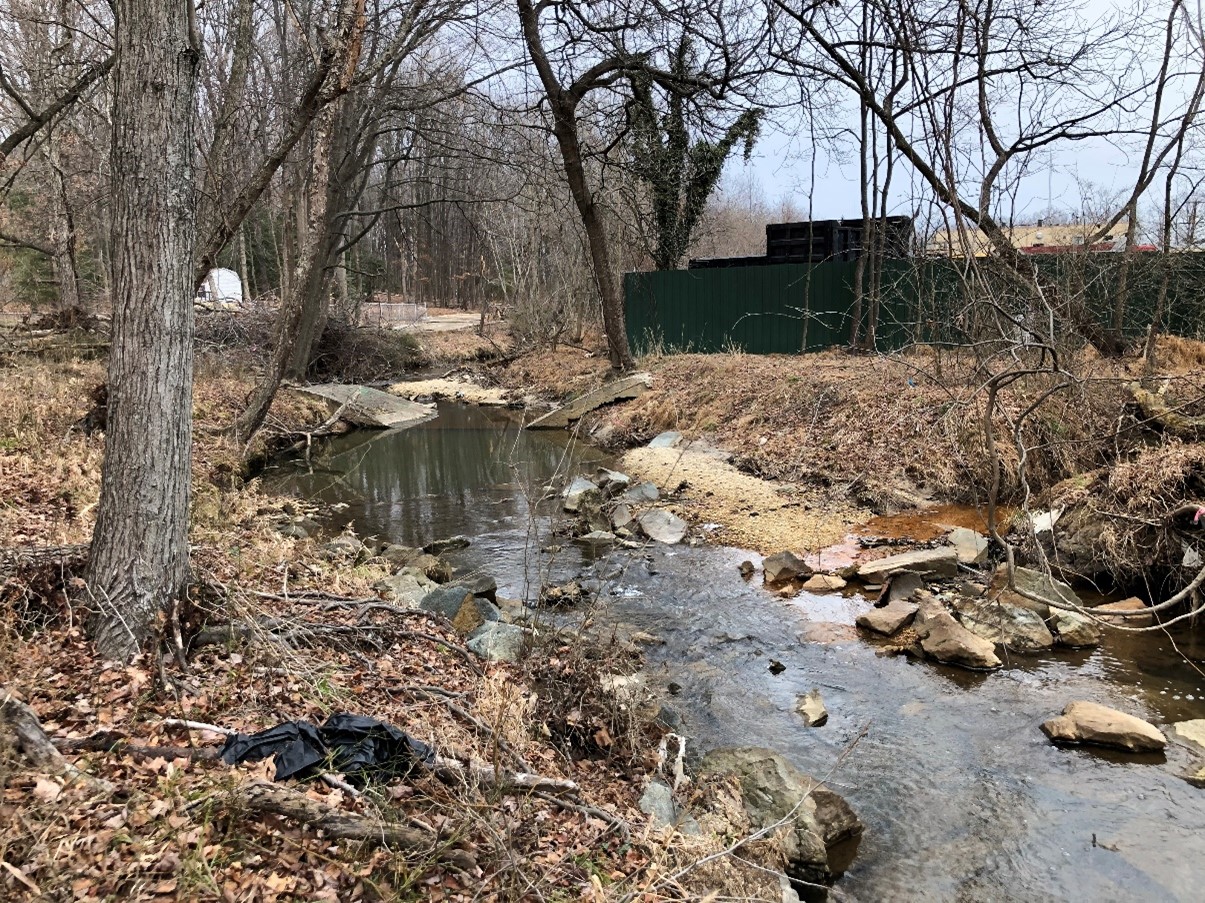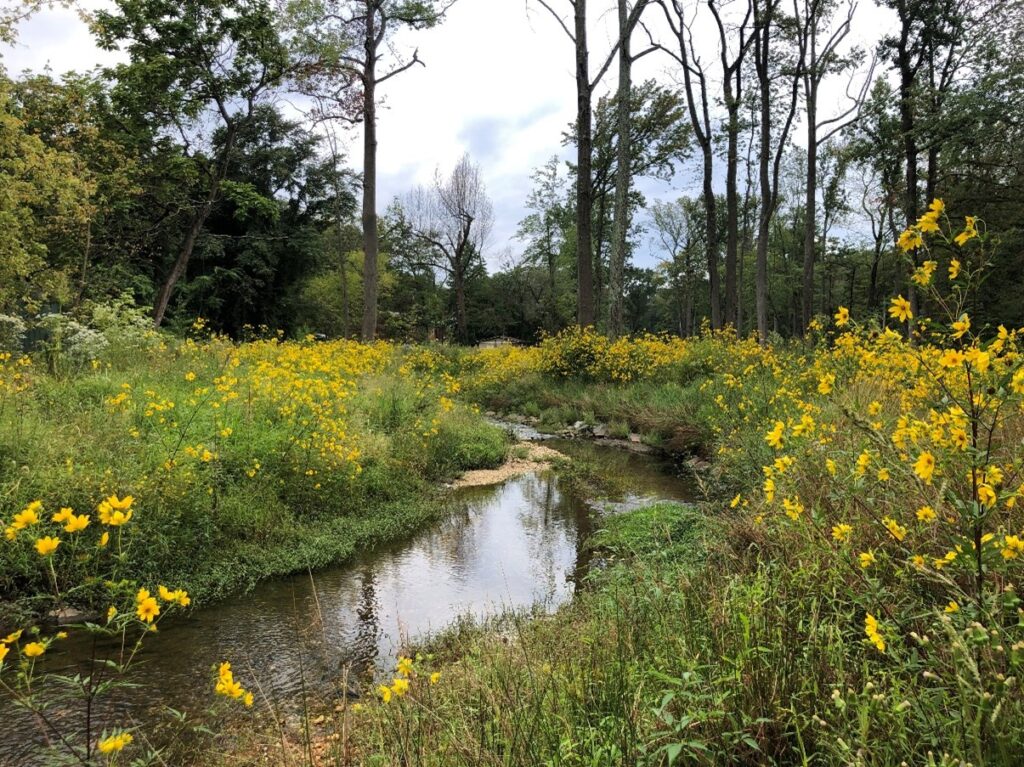Nature-based solutions are defined by the International Union for Conservation of Nature as “actions to address societal challenges through the protection, sustainable management and restoration of ecosystems, benefiting both biodiversity and human well-being.” However, the effectiveness of these solutions is intrinsically tied to the ecological potential and strategic positioning of the underlying land.
Core Principles of Restoration-Focused Land Acquisition
Reference Ecosystem Conditions: Not all degraded land holds the same restoration potential. We assess each site against reference conditions, such as what the ecosystem would naturally support given soil, climate, and landscape characteristics. This science-based approach guides both our site selection and our restoration targets. For example, an eroded stream with bedrock is much more stable than one with sandy banks, making the latter more urgent for restoration.
Hydrologic Integrity: Water drives ecosystem function. We look for sites where natural hydrology can be restored or enhanced, whether through reconnecting floodplains, daylighting streams, or restoring wetland hydroperiods. Our Mattawoman Creek project exemplifies this approach by restoring 3,798 linear feet of stream and associated riparian buffer.
Threat Mitigation Opportunity: The most impactful restoration often occurs where we can address ongoing threats to ecological function, such as developmental pressures or land subject failure due to severe erosion or flooding. We prioritize sites where nature-based solutions can prevent further degradation, remove stressors, and/or create buffers against external pressures.

Additional Considerations
Ecological Connectivity: An added consideration is the potential to enhance or restore ecosystem connectivity. Fragmented landscapes limit wildlife movement, genetic diversity, and ecosystem resilience. While not an essential criterion for site selection, properties that can serve as corridors between existing protected areas or expand critical habitat blocks are especially beneficial.
Regulatory Landscape: Our land acquisition strategy operates within a complex regulatory framework that creates both opportunities and constraints. Federal, state, and local programs for agriculture, forest conservation, and others provide mechanisms for protecting and restoring private lands while keeping them in productive use. Understanding the local regulatory landscape and a property’s existing encumbrances allow us to identify the best technical approach, funding strategy, and ecological uplift potential for each piece of land.

Technology and Innovation in Site Assessment
Modern land acquisition strategies increasingly rely on advanced technology to identify, assess, and prioritize potential sites. Our approach integrates multiple data sources and analytical tools to streamline the site selection process.
Our Geographic Information Systems (GIS) department uses satellite imagery and digital elevation models to assess site characteristics including:
- Hydrology and flood patterns
- Vegetative cover and forest structure
- Soil characteristics and geology
- Agricultural and land use history
- Infrastructure and access considerations
- Proximity to existing protected areas
Conclusion: Science Works With the Land, Not the Other Way Around
Successful restoration begins with rigorous, science-based site selection. Because of careful site selection, GV is able to amplify the positive impact of our projects. Choosing the right site allows us to use a lighter approach to restore land to its intended ecological function.
Our approach integrates ecological science, advanced technology, and regulatory expertise to identify sites where nature wants to thrive. This land-first philosophy has enabled us to deliver measurable environmental outcomes across 48,000+ acres while providing our clients with certainty and value.
Ready to explore how strategic land acquisition can transform your environmental restoration goals? Our team brings three decades of experience in identifying and restoring critical lands in the United States. Contact us at action@greenvestus.com or call 410-987-5500 to discuss restoration opportunities on your property.



